New Tires Needed!
overknight
15 years ago
Related Stories
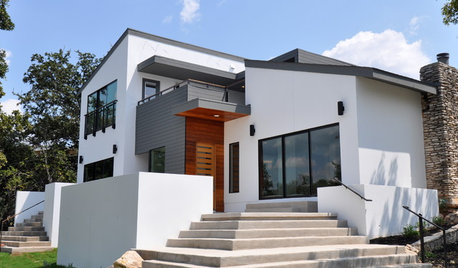
HOUZZ TOURSHouzz Tour: Modern Renewal for a Tired Texas Ranch
This major makeover involved additions, layout changes and a new facade. See the stunning results here
Full Story
DECORATING GUIDESWake Up Tired Furniture With Paint, Paper and Fabric
Give ordinary pieces a new spin with crafty updates, like a fresh tabletop, decorated sideboard and wall-size pinboard
Full Story
HOMES AROUND THE WORLDHouzz Tour: Fresh, Sophisticated Redo Wakes Up a Tired London Flat
Bold color punctuates the contemporary gray and white interior in this redesigned apartment
Full Story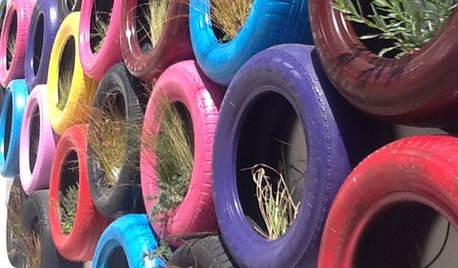
SALVAGECan We Bounce Some Great Recycled-Rubber Ideas Off You?
No need to bemoan that spare tire. Old rubber is getting a guilt-free second life as flooring, pavers, sinks and even furniture
Full Story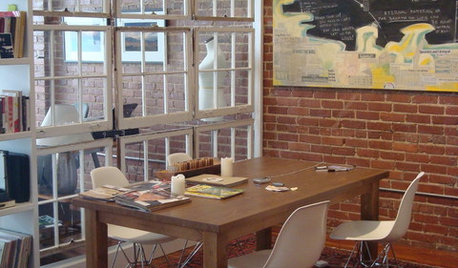
REMODELING GUIDESGet What You Need From the House You Have
6 ways to rethink your house and get that extra living space you need now
Full Story
PAINTINGHow Much Paint Do You Need?
Calculate the number of cans to avoid buying too much or too little
Full Story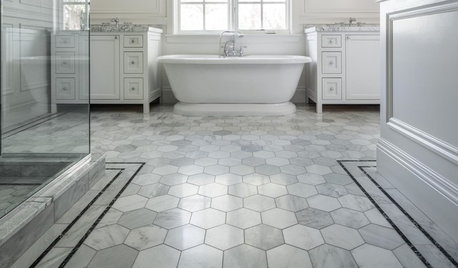
TILEWhy Bathroom Floors Need to Move
Want to prevent popped-up tiles and unsightly cracks? Get a grip on the principles of expansion and contraction
Full Story
FURNITUREHow to Buy a Quality Sofa That Will Last
Learn about foam versus feathers, seat depth, springs, fabric and more for a couch that will work for years to come
Full Story
FUN HOUZZ14 Things You Need to Start Doing Now for Your Spouse’s Sake
You have no idea how annoying your habits at home can be. We’re here to tell you
Full StorySponsored
Your Custom Bath Designers & Remodelers in Columbus I 10X Best Houzz






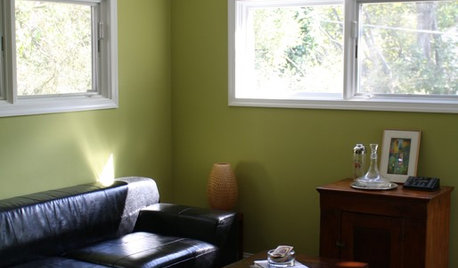
rcmoser
overknightOriginal Author
Related Professionals
Franconia Landscape Architects & Landscape Designers · Rancho Cordova Landscape Architects & Landscape Designers · Edmond Landscape Contractors · Bergenfield Landscape Contractors · Brownsville Landscape Contractors · Huntington Landscape Contractors · Longview Landscape Contractors · Royal Oak Landscape Contractors · San Benito Landscape Contractors · Thornton Landscape Contractors · Tustin Landscape Contractors · San Francisco Window Contractors · Bridgeport Window Contractors · Mamaroneck Window Contractors · Surfside Window Contractorsmownie
overknightOriginal Author
rcbe
mowntx
mssurveyor
overknightOriginal Author